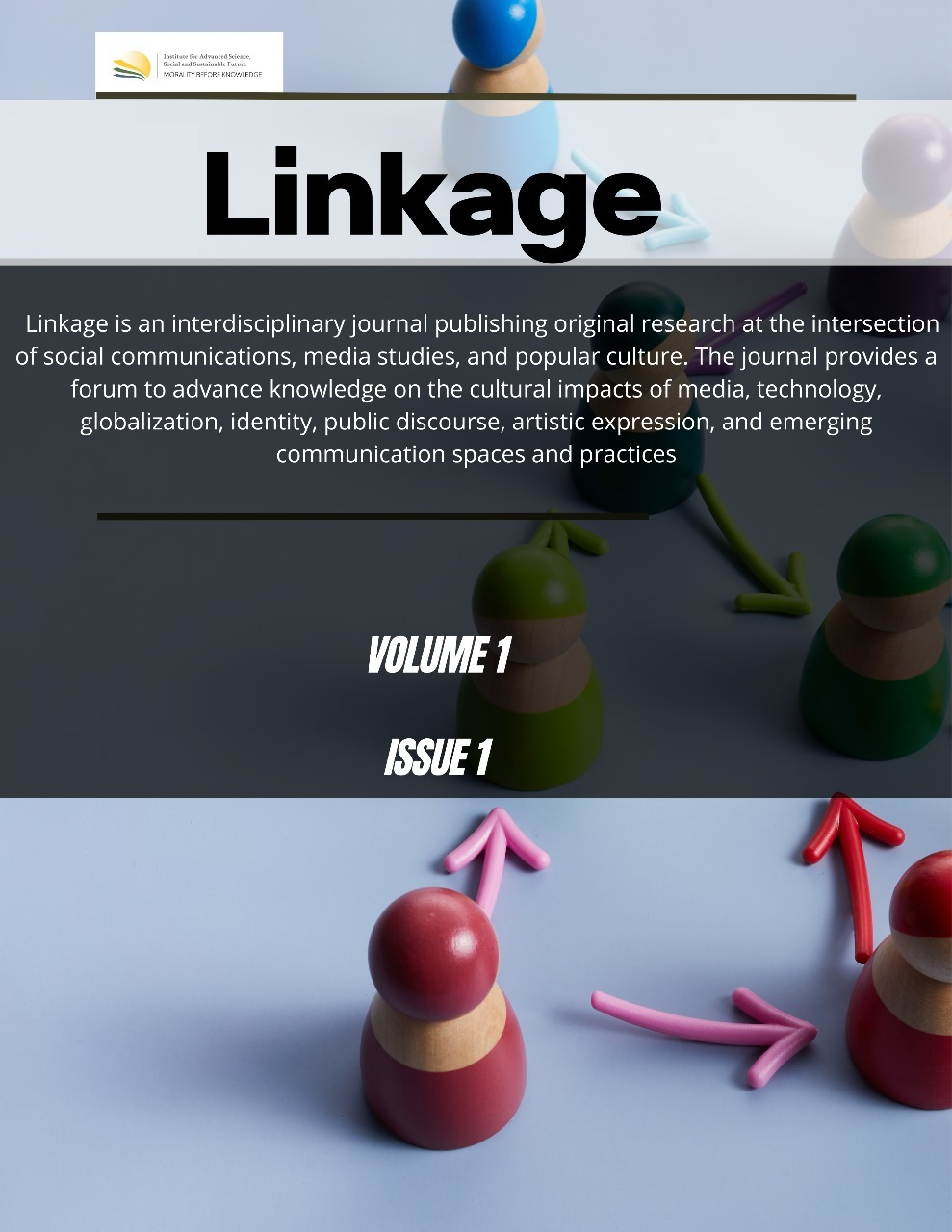Analysis of factors affecting the intention of continued use of mobile payment services among generation Z: A UTAUT2 approach
Keywords:
generation z, mobile payment, sustainable use, user habits, UTAUT2Abstract
Background: This study aims to analyze the factors that influence continuance intention of mobile payment services among Generation Z in Indonesia. This study uses the UTAUT2 (Unified Theory of Acceptance and Use of Technology 2) model as a framework and tests several hypotheses related to the factors that influence continuance intention. Methods: Data were collected through an online survey of Generation Z m-payment users in Indonesia. The survey measured constructs related to UTAUT2, namely user satisfaction, social influence, facilitating conditions, hedonic motivation, price value, and habit. Hypotheses were tested using multiple linear regression analysis and mediation analysis. Results: The results show that user satisfaction, facilitating conditions, hedonic motivation, and habit have a significant positive impact on the intention of continued use. However, social influence and price value have no significant impact. Furthermore, user satisfaction mediates the relationship between performance expectancy and continuance intention. Conclusion: This study shows that habit, satisfaction, and facilitating conditions are the strongest predictors of m-payment continuous use intention among Generation Z in Indonesia. This knowledge can be used by m-payment service providers to develop more effective strategies to attract and retain users, focusing on forming usage habits, increasing user satisfaction, and facilitating user access to services.
References
Alampay E. A., Moshi G. C., Ghosh I., Peralta M. L. C., Harshanti J. (2017). The impact of mobile financial services in low-and lower-middle-income countries. International Development Research Centre, Ottawa, Canada, and the Department for International Development. Anderson, E. W., and Sullivan, M. W. ìThe Antecedents and Consequences of Customer Satisfaction for Firms, Marketing Science (12:2), Spring 1993.
Boston Consulting Group. (2020). “Southeast Asian consumers are driving a digital payment revolution”. Retrieved 10, February 2023 from www.bcg.com/publications/2020/southeast-asian-consumers-digitalpayment-revolutions
Canh N. P., Schinckus, C., Thanh, S. D., Ling, F. C. H. (2020). Effects of the internet, mobile, and land phones on income inequality and The Kuznets curve: Cross country analysis. Telecommunications Policy, 44(10), 102041.
Cao, Xiongfei. (2018) "Understanding Mobile Payment Users ’ Continuance Intention : A Trust Transfer Perspective." 28 (2): 456–76.
Covid-19 and digital payments: How the pandemic changed G2P payments globally. CSIS Events. (2020). Retrieved February 11, 2023, from https://www.csis.org/events/covid-19-and-digital-payments-how-pandemic-changed-g2p-payments-globally
Cho, J. (2016). The impact of post-adoption beliefs on the continued use of health apps. International Journal of Medical Informatics, 87, 75–83.
Collis, J., & Hussey, R. (2013). Business Research: A Practical Guide for Undergraduate and Postgraduate Students. London: Palgrave Macmillan.
Dimock, M. (2019), “Defining generations: where millennials end and Generation Z begins”, Pew Research Center, Vol. 17 No. 1, pp. 1-7. https://www.pewresearch.org/fact-tank/2019/01/17/where-millennials-end-and-generation-z-begins
Hayashi, F., and T. Bradford. 2014. Mobile Payments: Merchants’ Perspectives. Economic Review, Second Quarter: 33–58.
Hasil Sensus Penduduk 2021. Badan Pusat Statistik. (2021). Retrieved February 11, 2023, from https://demakkab.bps.go.id/news/2021/01/21/67/hasil-sensus-penduduk-2020.html
Hair, J. F., Jr., Black, W. C., Babin, B. J., & Anderson, R. E. (2019). Multivariate data analysis: A global perspective. Upper Saddle River, NJ: Pearson Education International.
Kalinić, Z., J, Francisco, Cabanillas, L., Muñoz-Leiva, F., Marinković, V. (2019). The moderating impact of gender on the acceptance of peer-to-peer mobile payment systems. International Journal of Bank Marketing, 38(1), 138–158. https://doi.org/10.1108/IJBM-01-2019-0012
Kline RB. 2005. Princple and Practice of Structural Equation Modeling, 2edition. London: Guidford Press.
Kim, Y., Crowston, K., (2012). Technology adoption and use theory review for studying scientists' continued use of cyber-infrastructure. Proceedings of the American Society for Information Science and Technology. https://doi.org/10.1002/meet.2011.14504801197
Limayem, M., Hirt, S.G., Cheung, M.K. (2007). How habit limits the predictive power of intention: the case of information systems continuance. MIS Q. 31 (4), 705–737.
Lisana, L. (2021), "Factors influencing the adoption of mobile payment systems in Indonesia", International Journal of Web Information Systems, Vol. 17 No. 3, -10. https://doi.org/10.1108/IJWIS-01-2021-0004
Lisana, L. (2022). Understanding the key drivers in using mobile payment among Generation Z. Journal of Science and Technology Policy Management. https://doi.org/10.1108/JSTPM-08-2021-0118
Malhotra, N., & Birks, D. (2007). Marketing Research: an applied approach: 3rd European Edition. Pearson education
Mind the gap: Playing the gen Z game. Mckinsey management consulting. (2022.). Retrieved May 27, 2023, from https://www.mckinsey.com/~/media/mckinsey/email/genz/2022/05/10/2022-05-10b.html
Oliver, R. L., and Linda, G. (1981). Effect of Satisfaction and Its Antecedents on Consumer Preference and Intention, in Advances in Consumer Research (8), K. B. Monroe, Association for Consumer Research, Ann Arbor.
Puriwat, W., & Tripopsakul, S. (2021). Customer Engagement with Digital Social Responsibility in Social Media: A Case Study of COVID-19 Situation in Thailand. Journal of Asian Finance, Economics and Business, 8(2), 475-483. https://doi.org/10.13106/JAFEB.2021.VOL8.NO2.0475
Pramana, E. (2021), “The mobile payment adoption: a systematic literature review”, 2021 3rd East Indonesia Conference on Computer and Information Technology (EIConCIT), IEEE, pp. 265-269. https://doi.org/10.1109/EIConCIT50028.2021.9431846
Suharyadi, & Purwanto. (2003). Statistika untuk Ekonomi. Jakarta: Salemba Empat.
Sleiman, K. A. A., Juanli, L., Lei, H., Liu, R., Ouyang, Y., & Rong, W. (2021). User trust levels and adoption of mobile payment systems in China: An empirical analysis. Sage Open, 11(4), https://doi.org/10.1177/21582440211056599
Tam, Carlos; Santos, Diogo; Oliveira, Tiago (2018). Exploring the influential factors of continuance intention to use mobile Apps: Extending the expectation confirmation model. Information Systems Frontiers, https://doi.org/10.1007/s10796-018-9864-5
Venkatesh, V., Thong, J.Y.L. and Xu, X. (2012), “Consumer acceptance and use of information technology: extending the unified theory of acceptance and use of technology”, MIS Quarterly, Vol. 36 No. 1, pp. 157-178, https://doi.org/10.2307/41410412
Wang, L. and Dai, X. (2020), “Exploring factors affecting the adoption of mobile payment at physical stores”, International Journal of Mobile Communications, Vol. 18 No. 1, pp. 67-82. https://doi.org/10.1504/IJMC.2020.104420
Wei, M.F., Luh, Y.H., Huang, Y.H. and Chang, Y.C. (2021), “Young generation’s mobile payment adoption behavior: analysis based on an extended UTAUT model”, Journal of Theoretical and Applied Electronic Commerce Research, Vol. 16 No. 4, pp. 618-637. https://doi.org/10.3390/jtaer16040037
Downloads
Published
How to Cite
Issue
Section
Citation Check
License
Copyright (c) 2024 Linkage

This work is licensed under a Creative Commons Attribution 4.0 International License.






